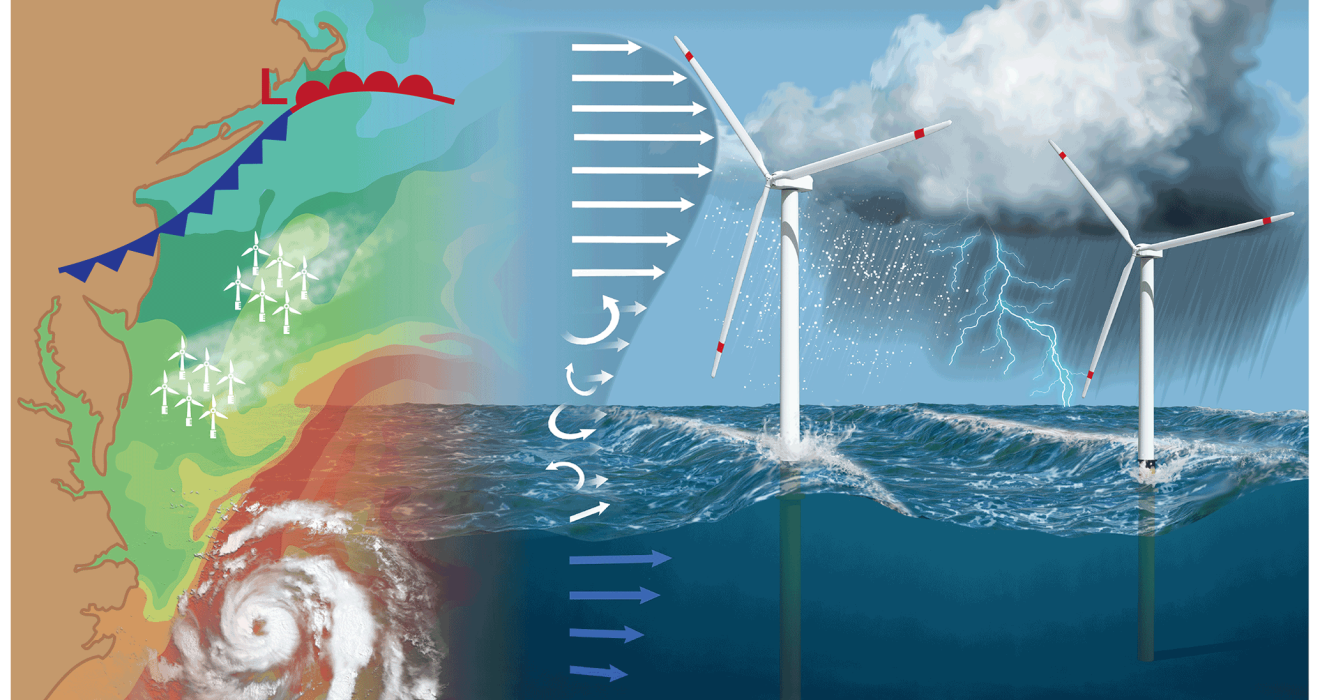As the calendar turns to 2023, the United States stands on the precipice of a profound and transformative era within the realm of clean energy. This juncture represents a pivotal turning point, a momentous stride in the ongoing revolution, where solar and wind energy emerge as economically superior alternatives to traditional sources. This monumental shift not only signifies a departure from conventional energy practices but also acts as the catalyst for a sweeping transformation in the nation’s energy landscape. The cost-effectiveness of solar and wind energy in 2023 serves as a harbinger, foretelling a future where the lion’s share of U.S. energy will derive from renewable sources, charting a course toward sustainability and environmental stewardship for decades to come. In this exploration, we unravel the multifaceted facets of the top clean energy trends that underpin this historic shift, illuminating the intricate tapestry of a greener, more sustainable future.
Electric Vehicle Revolution
In the dynamic landscape of 2023, the electric vehicle (EV) market stands at the forefront of a watershed moment, witnessing an unprecedented surge with over one million EVs sold in the U.S. for the inaugural time. Although a mere 40% of Americans currently express a predisposition towards embracing electric vehicles for their next automotive purchase, there is an undeniable ascent in mainstream interest surrounding EVs. This surge is not merely a fleeting trend but a transformative shift in consumer behavior and automotive preferences.
Bolstering this momentum, Bloomberg’s projections paint a compelling picture for the future—by 2030, a noteworthy transformation is anticipated, wherein more Americans are poised to choose EVs over traditional internal combustion engine (ICE) cars. This prophesied shift portends a monumental alteration in the very fabric of the automotive landscape, heralding an era where electric vehicles ascend to the forefront, steering the course of transportation into a sustainable and environmentally conscious future.
Offshore Wind Emergence
A significant development in 2023 is the emergence of large-scale offshore wind farms in the U.S. While the country currently has two operational offshore wind farms, the year sees the commissioning of new projects like Vineyard Wind 1 in Massachusetts (800 MW capacity) and South Fork Wind in New York (132 MW capacity). An additional 5,400 MW is expected to begin financing or construction, solidifying offshore wind as a key contributor to the energy grid.
Legislative Catalysts
Unforeseen legislative actions become a driving force in the clean energy landscape. State lawmakers in Maryland, Massachusetts, Michigan, and Minnesota are poised to pass climate and clean energy legislation. The Inflation Reduction Act (IRA) emerges as a historic piece of climate legislation, injecting $400 billion into climate change mitigation projects over the next decade. The legislative landscape is changing, paving the way for substantial investments in U.S. manufacturing and clean technologies.
Challenges and Political Dynamics
In the aftermath of its passage in 2022, the Inflation Reduction Act (IRA) emerges as a pivotal force in shaping the clean energy landscape. However, its journey is not devoid of challenges. Despite its significance, the IRA faced hurdles during its legislative journey, emblematic of the intricate nature of climate-focused policymaking.
Complicating matters, the United States grapples with persistent political instability and discord, factors that cast shadows over global climate goals. The repercussions of this internal discord reverberate far beyond national borders, posing tangible threats to initiatives aimed at mitigating climate change on a global scale.
Nevertheless, amid the political tumult, encouraging signs emerge on the horizon. Wind power, in particular, demonstrates a remarkable resilience, hinting at a potential silver lining in the face of adversity. The IRA, wielding its influence, strategically allocates substantial tax credits and incentives specifically tailored for renewables and electric vehicles (EVs). This targeted approach serves as a catalyst for fostering bipartisan collaboration among state governments, transcending political divides in the shared pursuit of ambitious climate objectives.
In this intricate dance of legislation and political dynamics, the IRA not only addresses immediate economic concerns but propels the United States towards a leadership role in sustainable energy. By nurturing collaboration and incentivizing green initiatives, it charts a course that holds the promise of establishing the nation as a beacon of innovation and commitment to a cleaner, more sustainable energy future.
Future Prospects and Implementation Challenges
While legislative milestones have been achieved, the ultimate test lies in effective implementation. With approximately $370 billion allocated for tax credits and incentives, including support for clean energy technology companies, the focus shifts to ensuring these programs fulfill their promises. Battery technology advancements and the financing and permitting of clean energy plants are pivotal elements shaping the trajectory of climate-oriented programs over the next decade.
Conclusion
As 2023 unfolds, the clean energy landscape in the U.S. is undergoing a remarkable transformation. The surge in electric vehicle adoption, the expansion of offshore wind projects, and unprecedented legislative actions signal a shift towards a sustainable future. Challenges persist, but collaborative efforts among states and ongoing advancements in technology provide hope that the clean energy revolution will continue to gain momentum, shaping the course of history in the pursuit of a more sustainable and resilient world.

